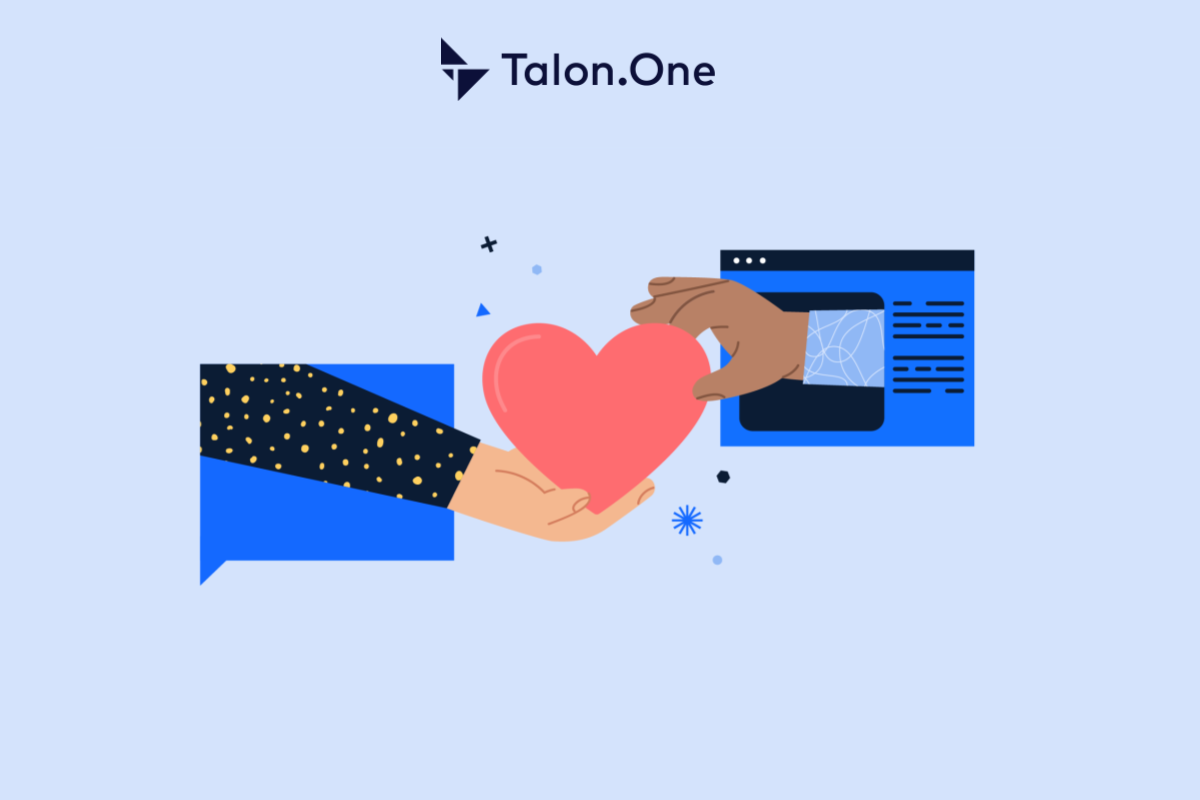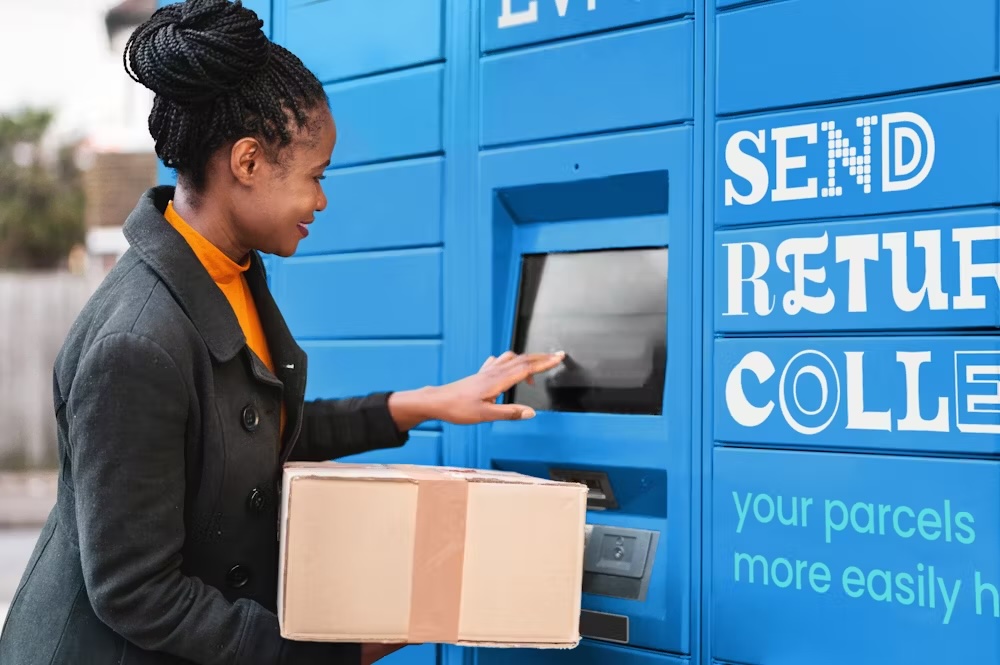Many retail loyalty programs fall into the trap of monotony, relying on mundane earn-and-burn structures that fail to truly influence consumer behavior. According to the USA’s National Retail Federation, 84 out of the US’ top 100 retailers boast a loyalty program, yet 77% of these programs offer strikingly similar features, primarily centered around earn-and-burn mechanisms and tier systems.
These programs often merely subsidize revenue that would have occurred anyway, raising questions about their true impact on consumer behavior versus simply incentivizing actions that were already likely to happen. As a result, many loyalty programs struggle to stand out in a crowded market while burdening companies with ongoing financial liabilities and directly impacting gross margins.
Looking ahead, it’s likely that we’ll witness a shift away from traditional “loyalty programs” towards more strategic retention efforts integrated right across a retailer’s organization. At Talon.One, we’re seeing an increasing number of clients adopting a more holistic approach to incentives – combining rewards, discounts and traditional loyalty mechanisms to better drive desired customer behavior.
Incentivizing the right customer behavior
Loyalty programs can be incredible value drivers and most brands have a good foundation for a successful program. However, many e-commerce players face challenges in breaking free from the cycle of discount-driven customer expectations, where certain segments habitually make purchases that are financially unsustainable for the brand.
Instead of offering run-of-the-mill loyalty programs, successful incentive initiatives should focus on incentivizing the right behaviors that directly impact key performance indicators. These initiatives can include encouraging repeat purchases through loyalty or premium benefits, boosting gross margins by incentivizing customers towards products with excess stock, and enhancing average order value through strategic offers combining bundles, loyalty points, and additional perks.
By adopting a more strategic approach to incentives, brands gain:
- A clear view of what loyal behavior is, and how to drive it
- The ability to NOT market to unprofitable customers
- An efficient (and evolving) incentives approach based on segments, propensity, RFM, etc
Take e-commerce leader ASOS as an example. Last year, the brand was in trouble: a small slice of their customer base (6%) was driving a whopping £100m loss. This segment was making heavy use of four things ASOS offers their customers:
- Discounts
- Free returns
- Free shipping
- Buy Now, Pay Later
Due to small, frequent orders with high returns and high discounts, ASOS was losing £6 per order with these customers. In the last few months, ASOS has tightened the belt with this segment. In their Q3 2023 highlights, they boasted about a 35% YoY improvement to order profitability from ‘exiting our least profitable orders and customers.’
Many e-commerce players are in a similar situation. They’ve conditioned their customers to expect hefty loyalty point discounts and free everything (shipping, returns), and a certain segment only ever makes purchases that lose money. To address these challenges, brands can employ a variety of tactics involving technological capabilities, organizational readiness, and strategic planning:
- Shift discount spending from blanket promotions to personalized offers tailored to individual customer preferences.
- Reserve offers exclusively for higher-tier loyalty program members, incentivizing enrollment and engagement.
- Establish clear operational guidelines for marketers regarding the types and extent of discounts or loyalty rewards permissible.
- Align marketer incentives with margin-driven objectives, encouraging profitability alongside customer engagement.
- Increase utilization of “buy more, save more” schemes and bundling strategies to encourage larger transactions.
- Limit or eliminate free returns on items purchased with promotions to mitigate associated costs.
- Restrict free return shipping to in-store returns only, reducing logistical complexities and costs.
- Reserve free shipping benefits for members of higher-tier loyalty programs, encouraging enrollment and retention.
- Ensure marketers have access to comprehensive customer and item data to inform promotional strategies effectively.
By implementing these tactics, brands can steer their loyalty initiatives towards sustainable growth and profitability, while simultaneously enhancing customer satisfaction and engagement.
Data as the foundation for successful loyalty initiatives
To do this on the tech side, marketers need to be equipped with robust data to test & evolve their program’s offering. Loyalty programs should help the brand market better, both by better understanding your customer base and by delivering more effective marketing to your members right across the customer journey. This ranges from incentivizing customers to place their first order, to sharing preferences and first-party data, and ultimately preventing churn.
Examine where exactly your program helps you market better. Ideally, it should decrease your retention costs, improve ROAS, improve attribution of discounts and offers, among other things. All of these ultimately roll up to revenue and increased lifetime value.
As part of this focus on data, loyalty programs should include robust goal setting and performance monitoring of each new activation we offer members. What’s the value of each activation, how many activations did you run, and what are your goals for the next activations?
Marketers can also benefit from this data to test and evolve their program’s offering, and better understand how customers redeem incentives in real-time. This makes daily optimizations possible, instead of needing to iterate on promotions and rewards on a weekly, monthly or quarterly basis.
Ultimately, customer loyalty isn’t a one-and-done project. It’s a marketing discipline that needs strong buy-in from technical leadership and a deep understanding of your brand’s path to emotional loyalty.
Looking for more insights into winning loyalty strategies, and practical tips to integrate into your program? Download Talon.One’s latest ebook, Loyalty Strategies for 2024, to learn more.






